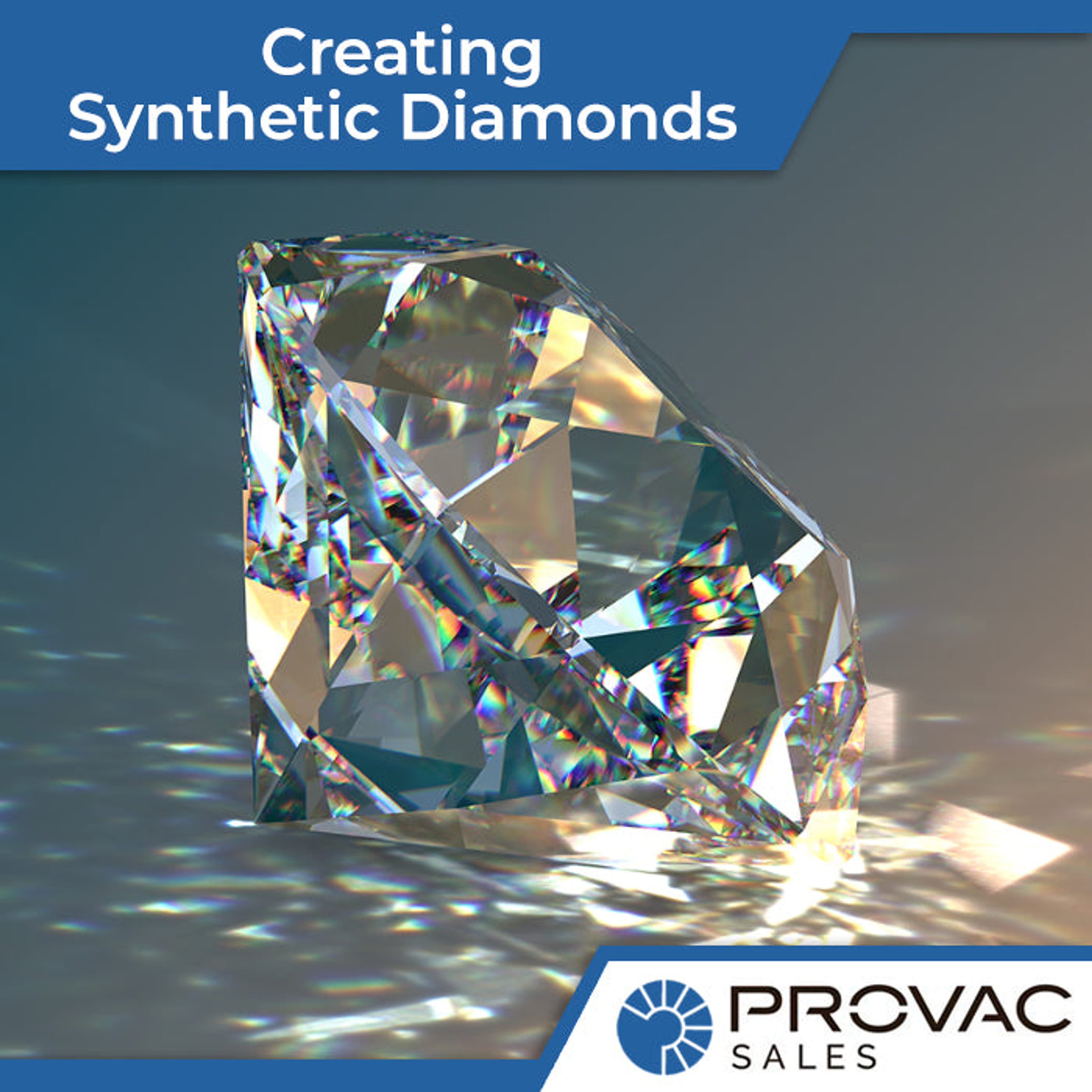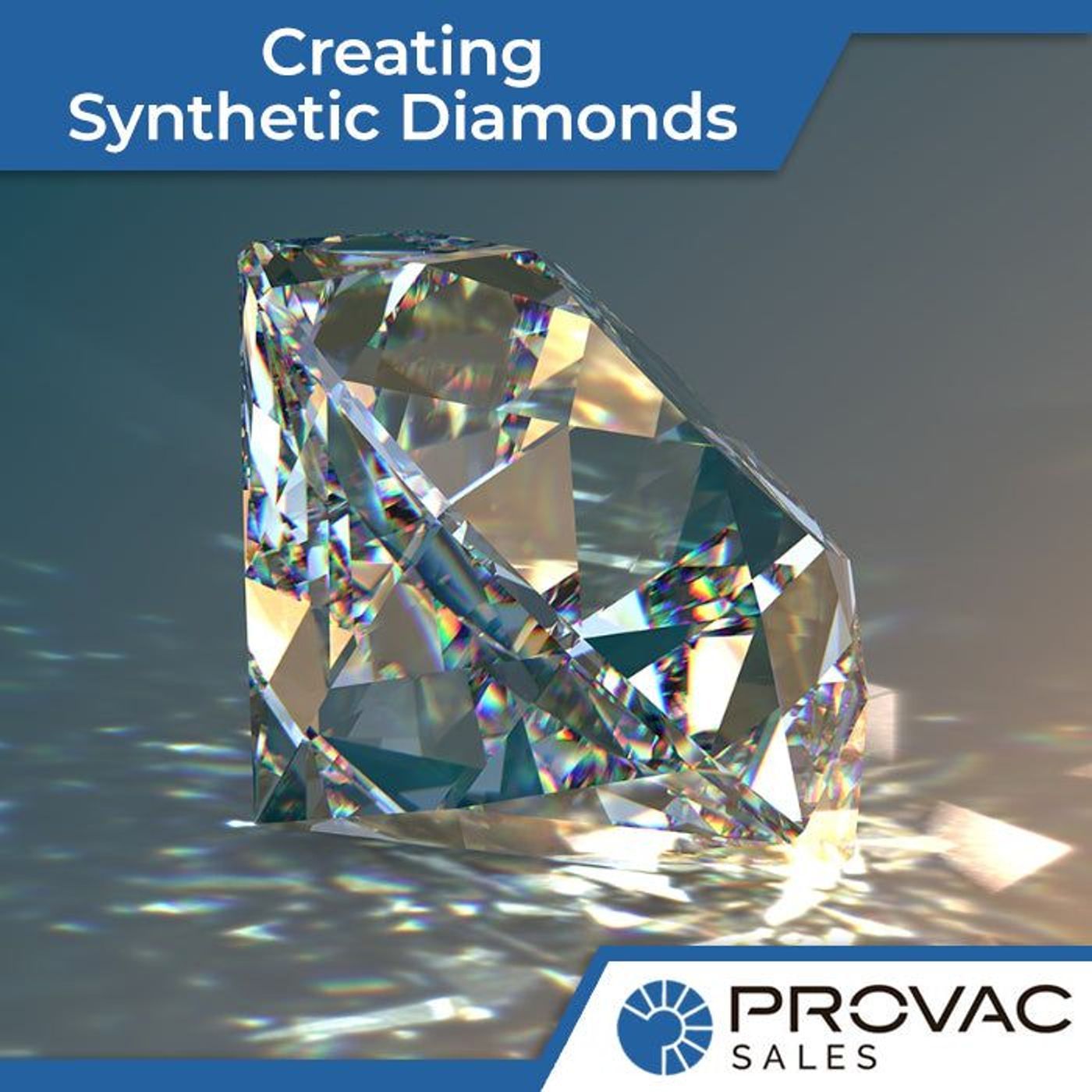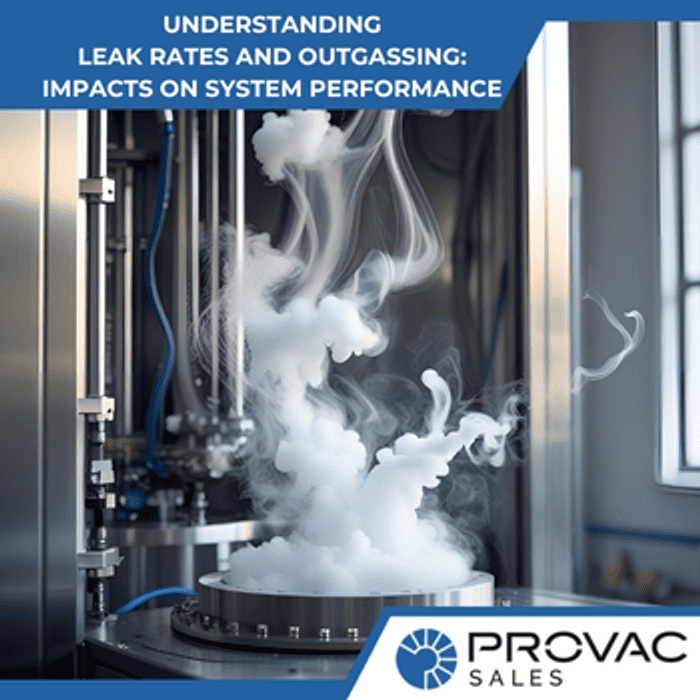In today’s world, diamonds are no longer beyond the budget of middle-class families. With the advent of synthetic diamonds, you can now buy that precious ring and give it to your partner as a sign of your love. But do you know how diamonds have suddenly become so affordable? It’s because companies are now making them in labs, which reduces the need to depend on mine workers to bring out real diamonds. The making process is much easier, but the output is just like a real diamond.
Chemical vapor deposition for diamond production
Lab-grown diamonds or synthetic diamonds look just like the real deal. If you compare them, it would be hard to tell the difference. Manufacturers use a technique called chemical vapor deposition to make these synthetic diamonds. In this method, the process mimics the formation of interstellar gas clouds in which the diamonds can form. It’s a slow process where the diamond grows layer by layer. A part of the layer forms when energy breaks into the chemical bonds. This is a continuous process until the manufacturer achieves the size of the diamond they want.
High pressure and high temperature, commonly known as the HPHT method, is another way to make synthetic diamonds. This process imitates the natural process to create diamonds where the manufacturers use extremely high pressure and high heat to make the diamonds. The pressure can go up to 1.5 million PSI, with the temperature rising to 2000°C. Even though both methods are widely popular, most manufacturers prefer following the chemical vapor deposition technique. Here are a few reasons why:
- Most manufacturers who use the chemical vapor deposition method operate at low pressure and low temperature compared to the HPHT technique. This simplifies the manufacturing method to a great extent, and as a result, the operating costs also go down.
- The synthetic diamonds made using the chemical vapor deposition method are chemically pure. On the other hand, the ones made by using the HPHT method require the manufacturers to use gasses like boron and nitrogen that slowly infiltrate into the diamonds. These gasses may make the diamonds hazy if you look carefully.
- In addition to making synthetic diamonds, you can use chemical vapor deposition on substrates for diamond deposition.
However, there is a drawback with the chemical vapor deposition method even after its massive success. This technique can only make diamonds up to 3.2 carats. Real diamonds have different varieties with some of them going up to 5 or 6 carats. Even with a 3.2-carat synthetic diamond, you won’t have to pay as much as a real diamond. If you don’t want to spend a fortune on a diamond, yet buy something that looks like an original, you should go for a synthetic diamond.
Making diamonds using the CVD method
The CVD method requires a foundation to start with. A process seed, such as a graphite source or a slice of diamond works best for this technique. The chamber in which the seed will be placed is first vacuumed thoroughly to prevent any type of contamination. Next, the chamber is filled with methane. Methane is a carbon-rich gas that acts perfectly with oxygen or hydrogen. Therefore, the chamber is also filled with either oxygen or hydrogen.
The energy formed inside the chamber breaks the chemical bonds that slowly and steadily build the layers of a diamond. There are two ways to supply energy:
1. Ionized plasma
Ionized plasma is the most common method of supplying energy in the CVD technique. In this process, electromagnetic or electrical activation of lasers or microwaves are used to supply energy. Although this is a common method, it requires regulating the pressure, gas composition, and temperature in the vacuum chambers to produce high-quality synthetic diamonds. Even the slightest fluctuation or change in any of the variables mentioned above may impact the speed at which the diamond is growing, its color, and its purity.
2. Heating
This is a comparatively simpler process but requires expensive machinery. There are two techniques to heat gasses in this method; chemical activation and thermal activation.
First, a filament is placed into the vacuum chamber until it reaches a temperature between 2000 and 2500°C. Sometimes, the experts may exothermically convert process gas into the heating chamber using a heat torch.
With more companies making synthetic diamonds, almost anyone can buy diamond jewelry these days. But the hard work that goes on behind the scenes to make these diamonds is a work of art and needs appreciation from those who love the craftsmanship involved.





